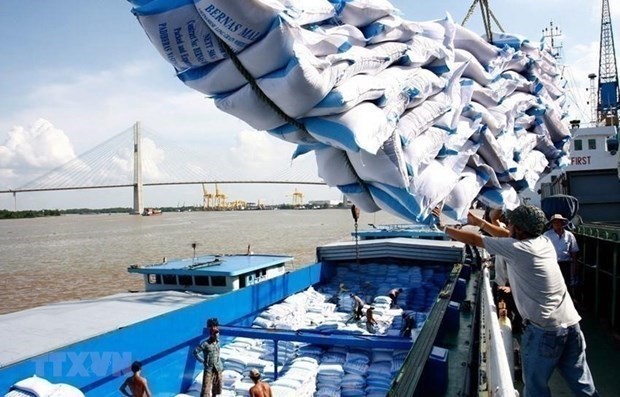
Market requirements for rice exports to Nordic market
Latest
 |
| Mekong Delta eyes larger premium-quality rice areas to boost exports. (Photo: VNA) |
The trade office assessed that Sweden's rice imports from the Vietnamese market have increased significantly over recent years following the enforcement of the EU-Vietnam Free Trade Agreement (EVFTA).
Most notably, Vietnamese rice products enjoy competitive advantages over regional rivals such as India and Thailand, largely thanks to tariff incentives under the terms of the EVFTA.
Local businesses have therefore been advised to explore the niche markets and pay close attention to rice varieties which have less competition, such as Japonica rice, due to the Nordic rice market being relatively small. Recently, the Vietnamese Trade Office has been successful in bringing an initial batch of Japonica rice to the Swedish market.
Furthermore, local businesses can introduce other types of Vietnamese rice such ST24 and ST25 which have won awards as the world’s best, in order to make further inroads into the demanding market.
Moreover, Vietnamese enterprises are required to study the mandatory market requirements set on official EU portals such as the Trade Help Desk and CBI to gain greater insights into rice-related procedures, as well as legal documents.
Vietnamese firms need to check the Maximum Residue Levels (MRLs) for pesticides and rice-related active substances by referring to the EU MRL database, while simultaneously focusing on products that are capable of meeting the standards of sustainability initiatives.
Domestic businesses seeking to expand into this market have also been urged to keep up to date with rice trading developments through news sites such as Rice News Today and World-grain.com, as well as attending trade fairs in Europe like SIAL, Anuga, or Biofach to seek potential customers.




















